Geo Targeting: How Is It Helping Businesses Improve The Bottom Line?
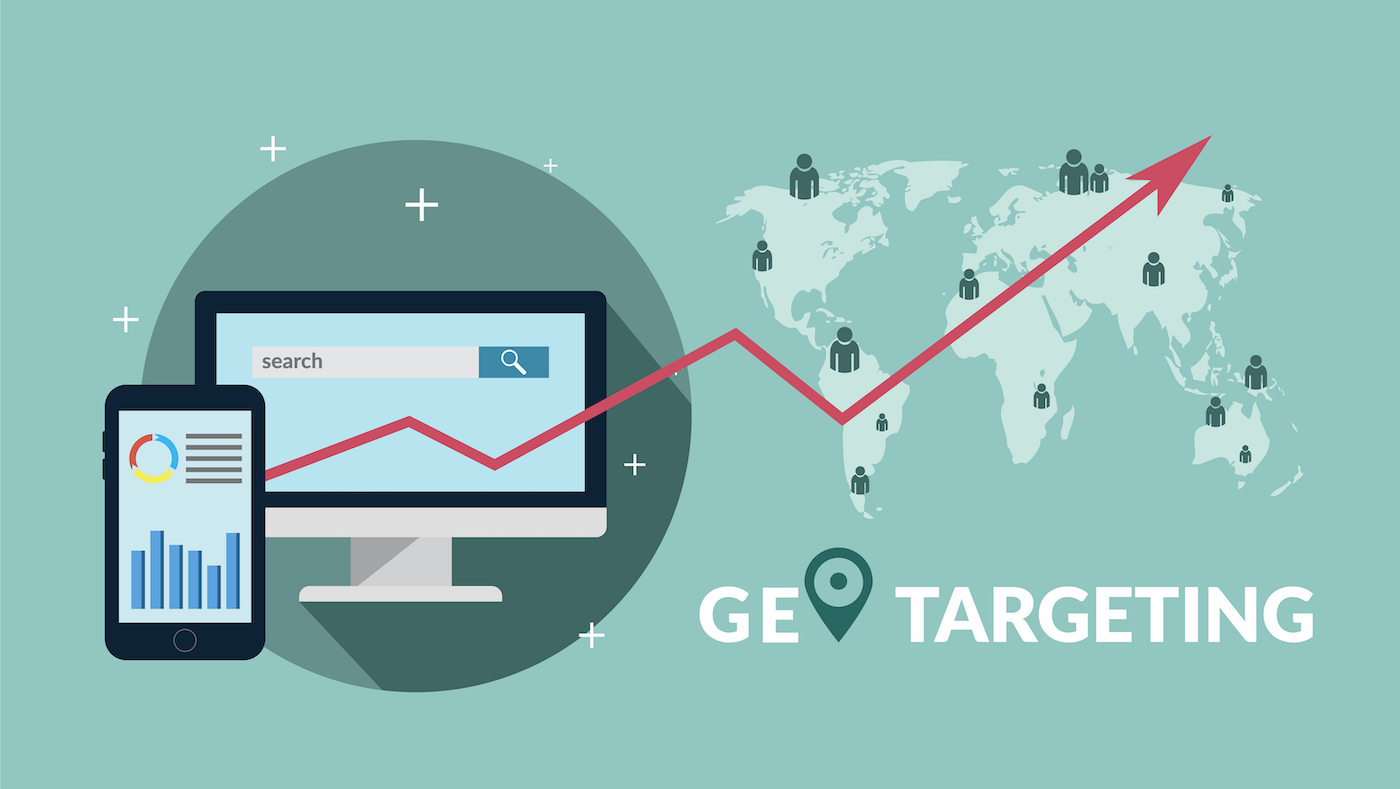
Maximizing the profit is the ultimate goal of every business—and there are several ways to achieve that. For instance, you can reduce your expenses and product costs or increase your product or service prices. But generally, these strategies should be accompanied by techniques that seek to increase sales and find new customers too.
There are existing technologies in the digital world that can help you meet your business goals, and IP geolocation is one of them. In a nutshell, geolocation is the process of identifying the physical location of online users.
Whether intentional or not, businesses with an online presence—that is to say, almost all businesses have become global. Right now, people from any part of the world could be browsing your website! You can confirm that by looking at your traffic analytics.
The question is, how can you convert this traffic into sales to improve your bottom line? Geo targeting or geotargeting (regardless how you spell it) might be the key to that.
What Is Geo Targeting?
Geo targeting is the process of grouping website visitors according to their geographical location and creating content and strategies based on the resulting segmentation. So, while geolocation is the technology that enables the identification of visitors’ locations, geo targeting is the strategy that turns such knowledge into action.
Basic Examples of Geo Targeting
Now that you know the basic geo targeting definition, let us see how it is used.
You can immediately see geo targeting at work when you type in google[.]com. Although the page is in English when you access it from the Netherlands, Google provides an option to display the homepage and search results in Dutch and West Frisian.
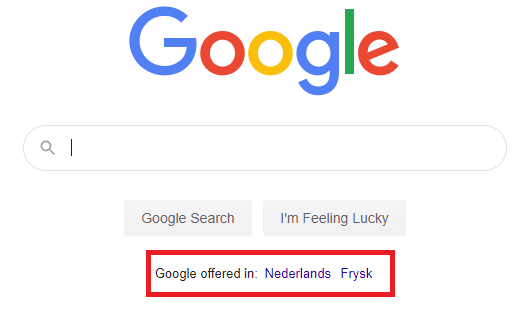
And when you start to search for something like “restaurants,” for example, you would get the feel of geographical targeting. Restaurants located around Soest and nearby areas appeared in the search results since it is the geolocation indicated by the IP address in use.
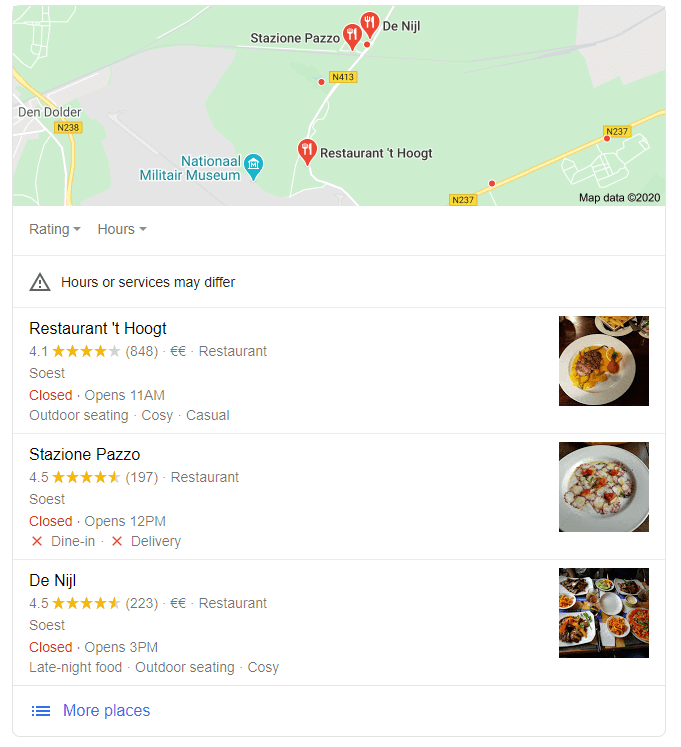
Similarly, Facebook employs geographical targeting at the onset. Even before you log in, the social media giant detects your location based on your IP address and presents the login page in your local language.

Hundreds of other successful businesses answer the question, “How is geo targeting used?” And we will highlight some of the more advanced applications later on. But first, let us take a brief dive into the importance of geo targeting.
Why Geo Targeting Is Important: Statistics You Shouldn’t Ignore
Even before the rise of e-commerce and digital entrepreneurship, location has always been a critical aspect of any business, especially in the retail industry. Most entrepreneurs will tell you how location impacts a business’s success.
Today, even when you do not have a bricks-and-mortar store, location is still an essential factor in your business’s success.
We collated below some of the most important statistics about geo targeting that may blow your mind.
- Users give their location data: In the United States alone, about 15 million use apps that require them to disclose their location on a daily basis. Around nine million location check-ins are seen on the Foursquare Swarm App every day. And 70% of consumers are either willing to or at the very least neutral about sharing their personal data. It’s up to you if you want to use this information or not.
- Geo targeting results in higher sales and ROI: Most marketers see improvements in response rate and customer engagement when employing geo-marketing. Also, 90% of marketers said that geo-targeted advertising and marketing resulted in higher sales. 86% saw an expansion in their customer base, while 84% said that their customer engagement grew when they implemented geo targeting.
- People still search by location: Google had seen significant growth in “near me” searches over the past two years. For instance, mobile searches for “store open near me” have increased by more than 250%. Foursquare, on the other hand, has 55 million monthly active users and three billion monthly visits globally. Even when the world has become one big marketplace, people still need products and services from specific areas, making geo targeting more relevant than ever.
- Market leaders use geolocation data: About 84% of digital marketers use location data to personalize offers, while 94% is planning to use geo targeting ads in the future.
Sources: Review42, eMarketer, Factual, NY Times, Think with Google
How Does Geo Targeting Help Convert Customers?
Geographical targeting can help businesses improve their bottom line as it helps expand their user base, response rate, and, ultimately, conversion rate. Here are some of the areas you should explore when it comes to geo targeting.
Geo Targeting Marketing
As you know, Google and other search engines show results based on the user’s location. So, when you search for “managed service providers (MSPs)” from the Netherlands, ads for Solipsis and Vodafone are shown first. Look at the image below. The advertisement from Solipsis can even be read in the local language.
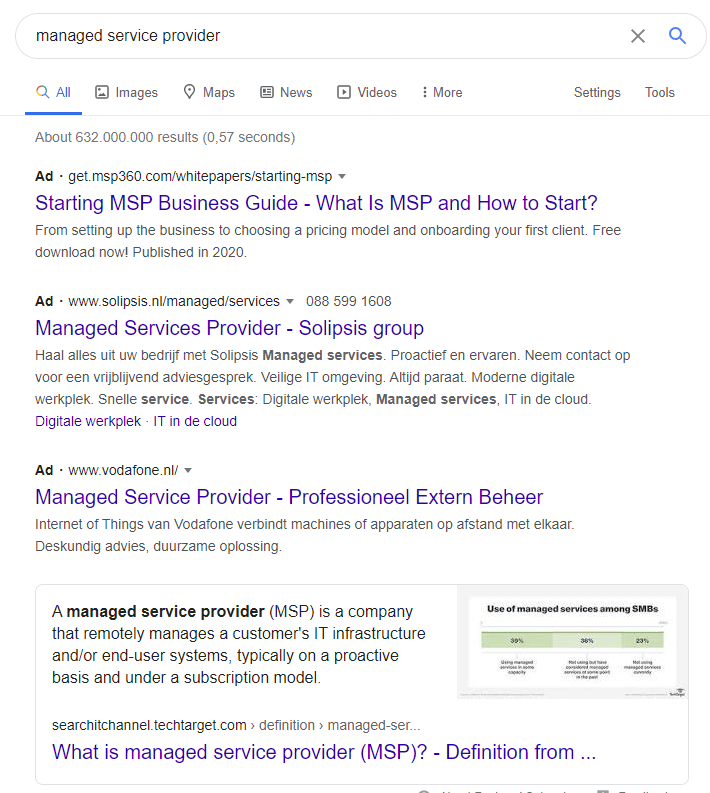
Solipsis and Vodafone are MSPs based in the Netherlands. They use the .nl country-code top-level domain (ccTLD) so that users would likely visit either of their sites. If these MSPs do not implement geo targeting marketing, chances are their ads would be shown to people who are less likely to convert.
Geo targeting marketing allows users to send the right message to the right group of people, thereby helping them avoid the risk of spending a chunk of their marketing budgets on materials that potential customers won’t relate to.
Aside from ensuring that marketing materials are shown to the right people, it would be best to also consider localizing several aspects of marketing campaigns. For instance, you are likely to get better results from using the local language and currency to make your target market more comfortable. Doing so would immediately let them know what they are dealing with and how much it may cost them.
Promotional offers can also be geo-targeted. You can launch marketing campaigns in time for Mardi Gras in New Orleans, for example, and only show those to users with IP addresses pointing to New Orleans.
Another aspect to consider is culture. Geo targeting marketing allows users to customize campaigns based on consumers’ culture. One-color combinations or specific food items, for instance, could be unsuitable for a particular culture. The same goes for symbols and word choices.
A razor manufacturer in Iran named its brand “Tiz,” which means “sharp” in Persian. It was all good and well until it started selling razors to Qatar. The word “Tiz” meant “butt” in Arabic slang. The company’s sales plummeted, and the blunder would forever be one for the books. This costly mistake could have been avoided with geolocalized strategies and marketing campaigns based on location.
Geo Targeting SEO
Search engine optimization (SEO) continuously evolves with regular algorithm updates. But one factor that helps businesses stay on top of search engine results pages (SERPs) is local SEO.
Let’s go back to our sample search for “managed service providers.” But this time, we localized the search, so it became “managed service providers in the Netherlands.”
While the first two results are mostly definitions and rankings of MSPs in the country, most of the entries on the first SERP are MSPs based in the Netherlands.
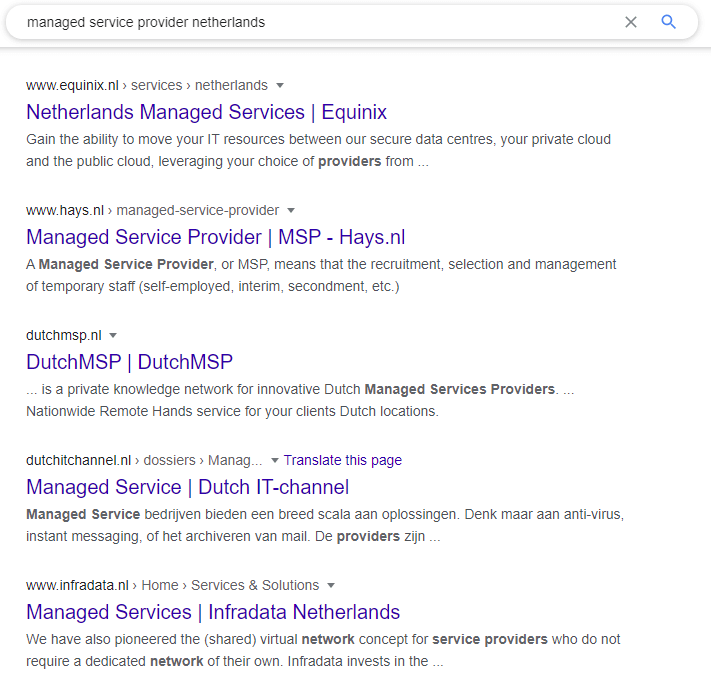
The search results reflect the geo targeting SEO efforts of Equinix, Hays, DutchMSP, and the other MSPs that appear. Among the things we can learn from this is that using the local ccTLD can help you appear in local searches. Another takeaway is that local restaurants aren’t the only ones that benefit from geo targeting SEO. Big businesses can also see impressive results when they go local.
Geo Targeting Advertising
If geolocation can help define marketing campaigns and SEO strategies, it can also make advertising more effective and cost-efficient. Adwords, Facebook, and Instagram advertising platforms make geo targeting look easy.
For a company that wants to target Mardi Gras enthusiasts, it would make sense to implement geo targeting ads for people who access the Internet using New Orleans IP addresses.
On Facebook’s ad platform, the potential audience size for the ad would be as many as 650,000.
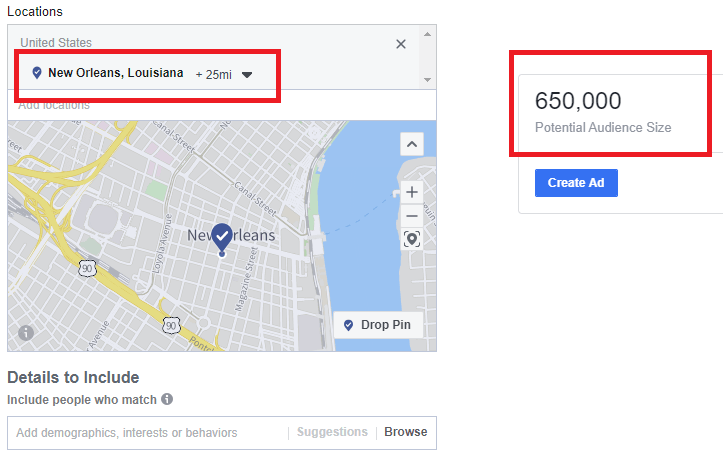
However, since advertisers target people interested in Mardi Gras, they could add more details to make their ads more targeted. They can also adjust the circumference depending on their analysis.
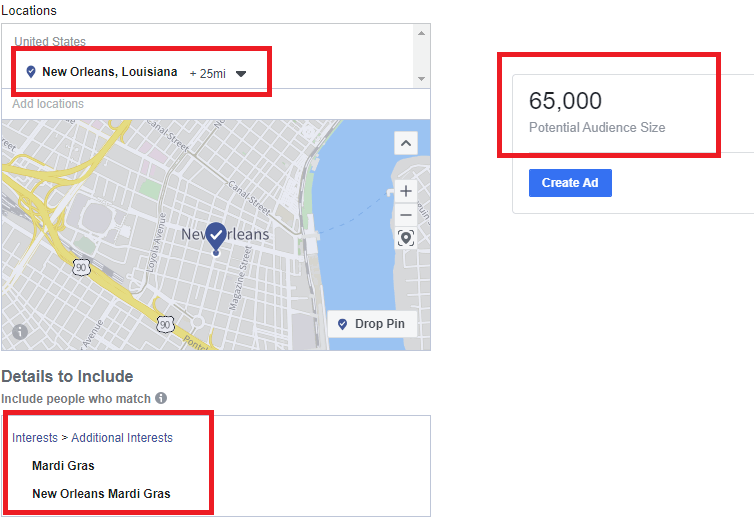
Geo targeting advertising allows users to target people in specific areas (e.g., country, region, state, or city). But it’s also more than that. They can exclude audiences based on their location to avoid showing the ads to people who aren’t likely to buy what they’re selling.
An online apparel store that doesn’t ship to South America, for example, can keep its geo targeting advertising campaigns from showing up in that specific location. The same logic works for local restaurants and businesses with physical stores.
The key to making geo targeting ads effective is to ensure that you have already identified which locations are likely to get you conversions.
By limiting your ad audience to relevant locations only, you save money and increase ROIs. Remember that the wider the targeted audience, the more expensive the advertising can be. And more irrelevant ad clicks could also mean more wasted ad spending.
Geo targeting ads also help hide your ads from the competition. Let’s face it. Competitor monitoring also means looking at their advertising efforts. And most of the time, your competitor’s goal is to undermine your activities.
Therefore, you can exclude the IP address of your competitor’s headquarters or offices to prevent them from seeing your ads. For Adwords, all you need to do is click on the Campaign tab, go to Settings > Advanced Settings, and then click on IP Exclusions. You need to know your competitor’s IP address that you can get from IP geolocation tools.
Geo Targeting Software
Facebook Ads and Adwords are just a couple of advertising platforms that employ geo targeting software to add value to their service. Marketing software such as Hubspot also uses geo targeting software to help users create geo-targeted marketing and advertising campaigns.
These geo targeting software integrate IP geolocation services to make everything we talked about possible—marketing, advertising, SEO, and more. IP geolocation helps from the onset of every process by allowing organizations to segment their traffic based on visitor location. From there, geolocation data can be used in so many other ways.
For instance, Hootsuite uses geo targeting software to give enterprise users the opportunity to listen to what people in a specific location are talking about. The marketing platform also uses geo targeting software to tailor-fit messages to customers based on their language preference.
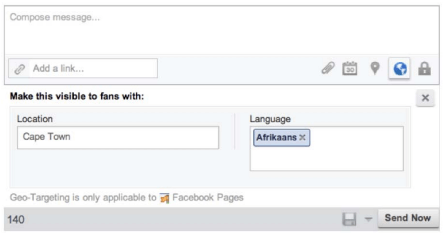
Geo targeting software also addresses some significant causes of online shopping cart abandonment, leading to improved bottom lines for e-commerce sites.
---
Personalization lies at the heart of geo targeting. Consumers love it when businesses don’t sound too generic in their communications. Geo targeting gives organizations the ability to provide a personal touch, which is the key to increasing conversion rates.
Several business processes can be enriched with the aid of geo targeting. Put all these benefits together, and you will see your organization achieve that desired figure at the bottom of your financial statement.



































